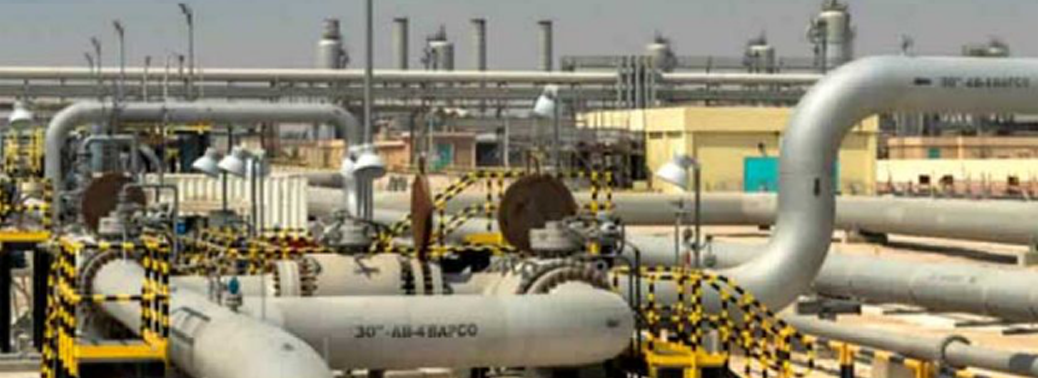NATIONAL INFRASTRUCTURE PIPELINE
02, Jan 2020

Prelims level : Economy- Infrastructure
Mains level : GS-III Indian Economy and Issues Relating to Planning, Mobilization of Resources, Growth, Development and Employment.
- The Government has recently released a report of the “Task force on National Infrastructure Pipeline” for 2019-2025. The government has also released its outline to invest ₹102 lakh crore on infrastructure projects by 2024-25 as part of its National Infrastructure Pipeline.
Investment in Infrastructure:
- The government has also outlined its plan to invest more than ₹102 lakh crore on infrastructure projects by 2024-25 with the Centre, States and the private sector to share the capital expenditure in a 39:39:22 formula.
- This was in line with the statement of our Prime Minister, who has announced plans to invest ₹100 lakh crore on modern infrastructure in order to fulfil his vision of making India an $5 trillion economy by 2024-25.
- This investment would be a significant increase over the last six years, when the Centre and States together spent ₹51 lakh crore on infrastructure.
Task force on National Infrastructure Pipeline:
- A Task Force was constituted to draw up the National Infrastructure Pipeline (NIP) for each of the years from financial years 2019-20 to 2024-25.
- A task force of senior bureaucrats chaired by Economic Affairs Secretary Atanu Chakraborty then identified ₹102 lakh crore projects in 18 States as part of a National Infrastructure Pipeline. Government also added that another ₹3 lakh Crore worth of projects are likely to be added soon. The investment is phased over a six-year period, including the current financial year. The funds would come from budgetary and extra-budgetary resources, as well as funds raised from the market and internal accruals of the relevant state-owned companies.
Major Focus Areas of Investment:
- Almost a quarter of the capital expenditure will be going to the energy sector, with ₹24.5 lakh crore expected to be invested in power, renewable energy, atomic energy and petroleum and natural gas.
- The other major focus areas are roads (19%) and railways (13%), urban (16%) and rural (8%) infrastructure, and irrigation (8%).
- Social infrastructure, including health and education, will get 3% of the capital expenditure, with digital communication and industrial expenditure each getting the same amount as well.
- Agriculture and food processing infrastructure will get one per cent of the planned capital expenditure.
- The emphasis would be on ease of living: safe drinking water, access to clean and affordable energy, healthcare for all, modern railway stations, airports, bus terminals and world-class educational institutes.
About the National Infrastructure Pipeline and its significance:
- It is estimated that India would need to spend $4.5 trillion on infrastructure by 2030 to sustain its growth rate. The endeavour of the National Infrastructure Pipeline (NIP), is to make this happen in an efficient manner.
- It will help in stepping-up annual infrastructure investment to achieve the Gross Domestic Product (GDP) of $5 trillion by 2024-25.
- NIP will enable a forward outlook on infrastructure projects which will create jobs, improve ease of living, and provide equitable access to infrastructure for all, thereby making growth more inclusive.NIP includes economic and social infrastructure projects.
- National Infrastructure Pipeline will ensure that infrastructure projects are adequately prepared and launched.
- Each Ministry/ Department would be responsible for the monitoring of projects so as to ensure their timely and within-cost implementation.
- Funding:The central government and state governments would have an equal share of 39% each in the NIP. The private sector, on the other hand, would have 22% share which the government expects to increase to 30% by 2025.







